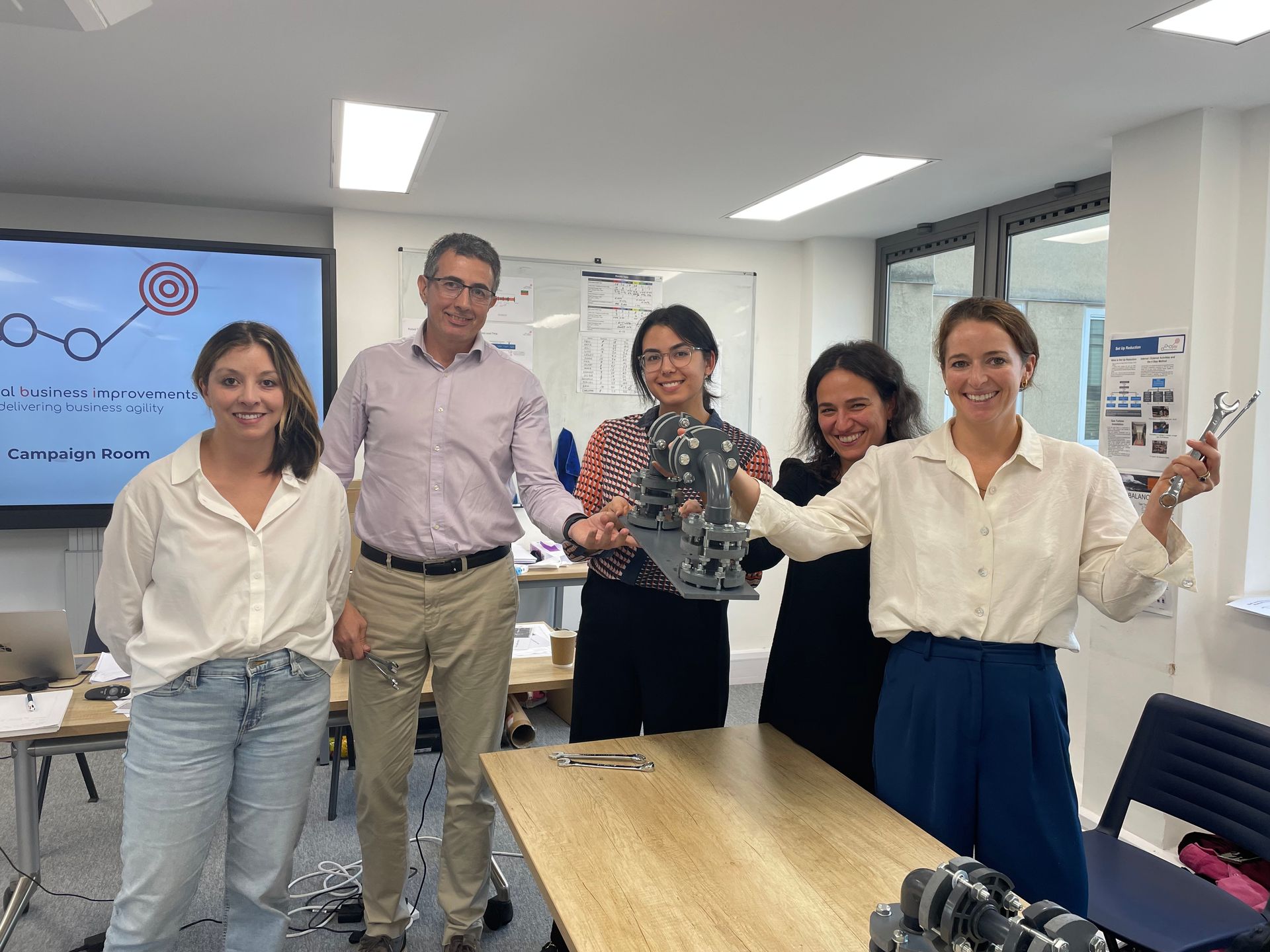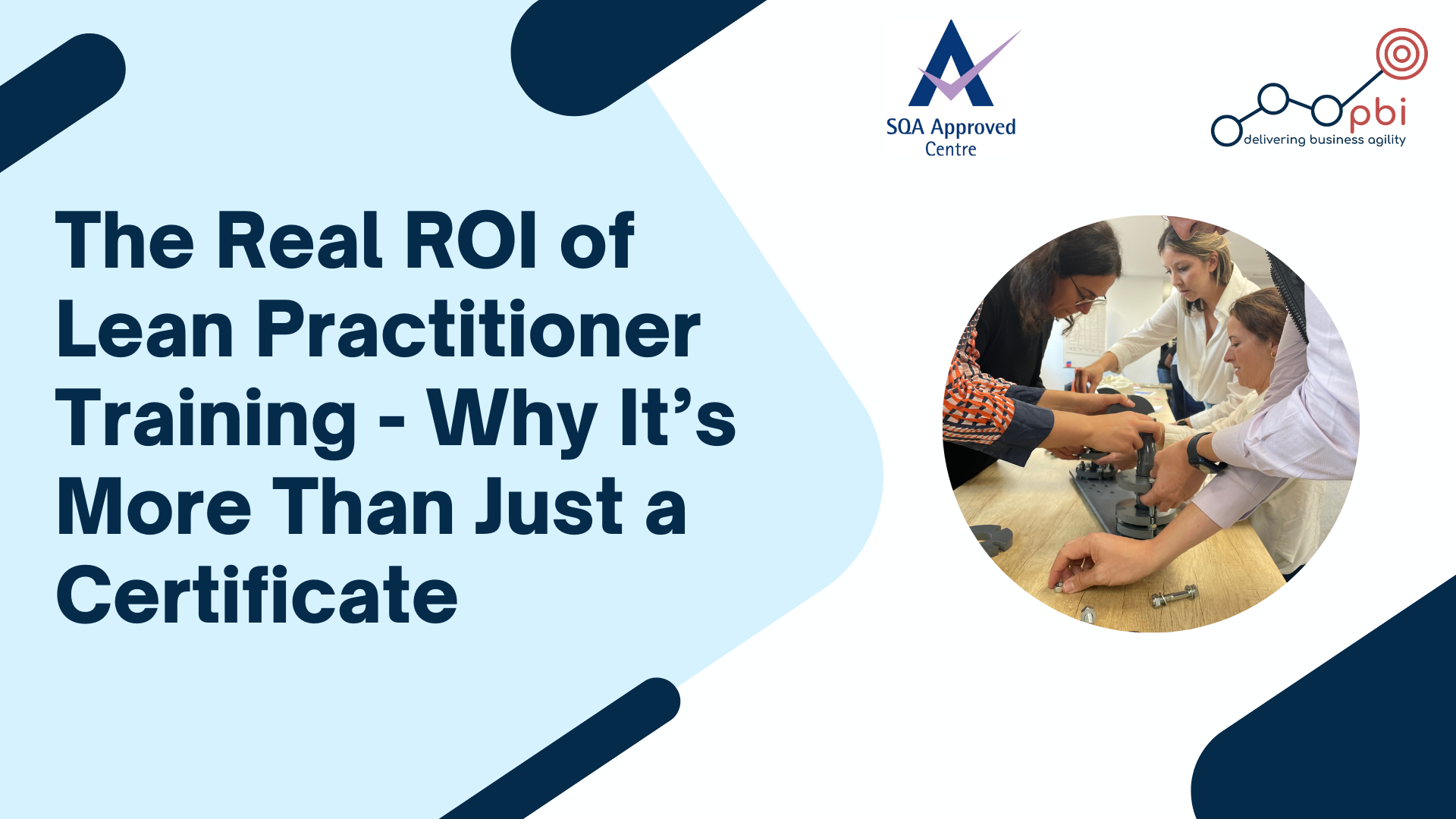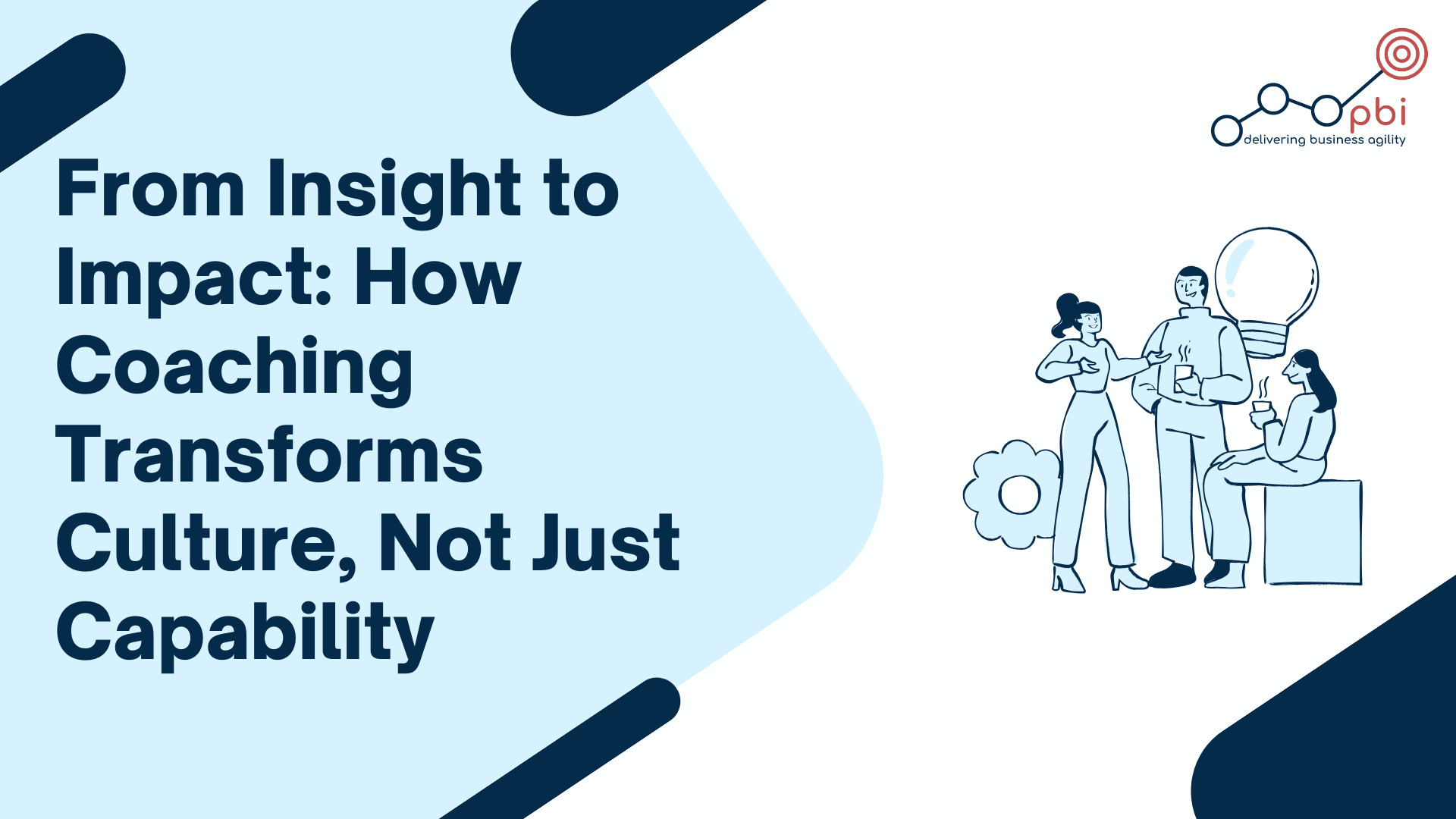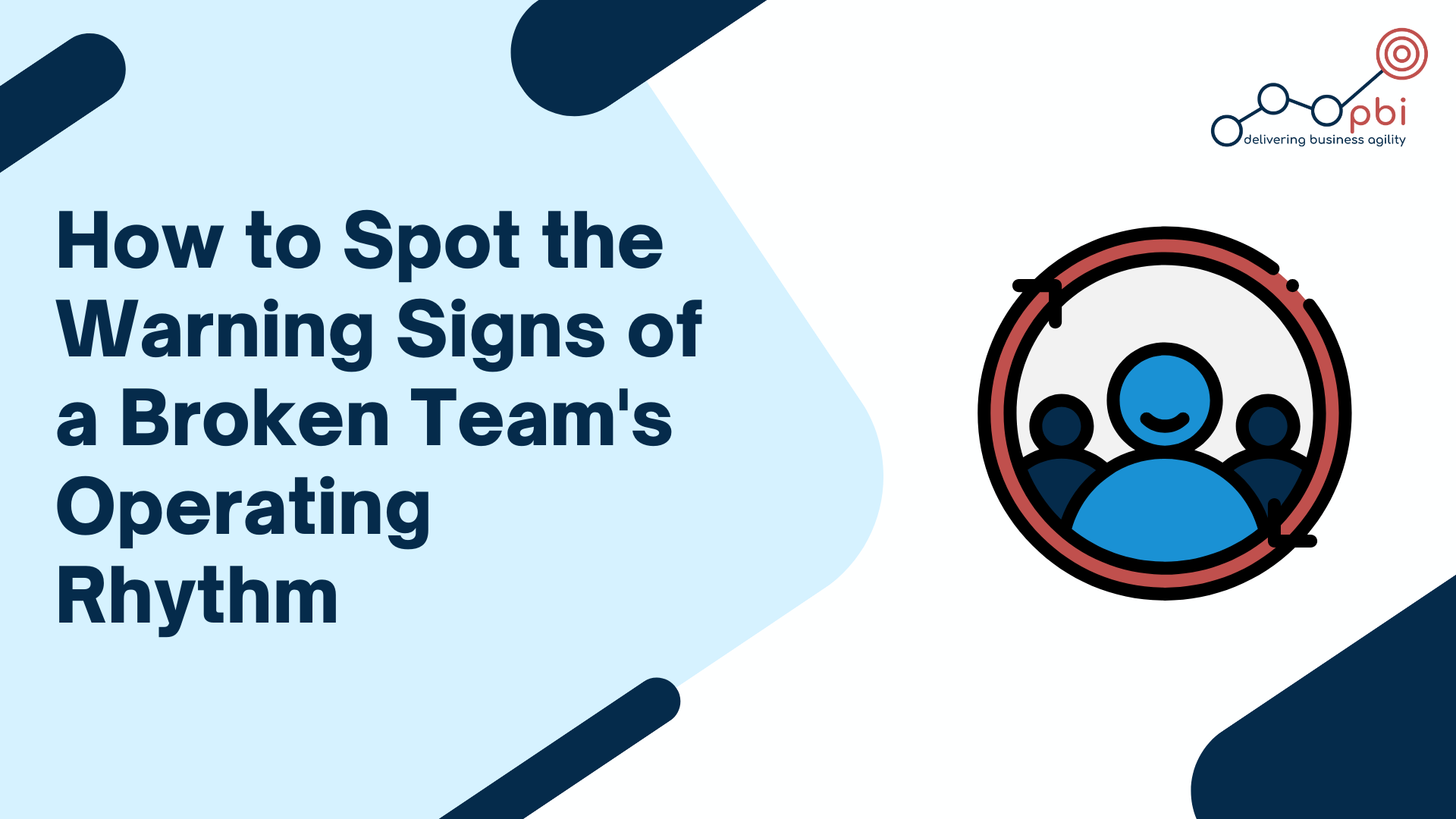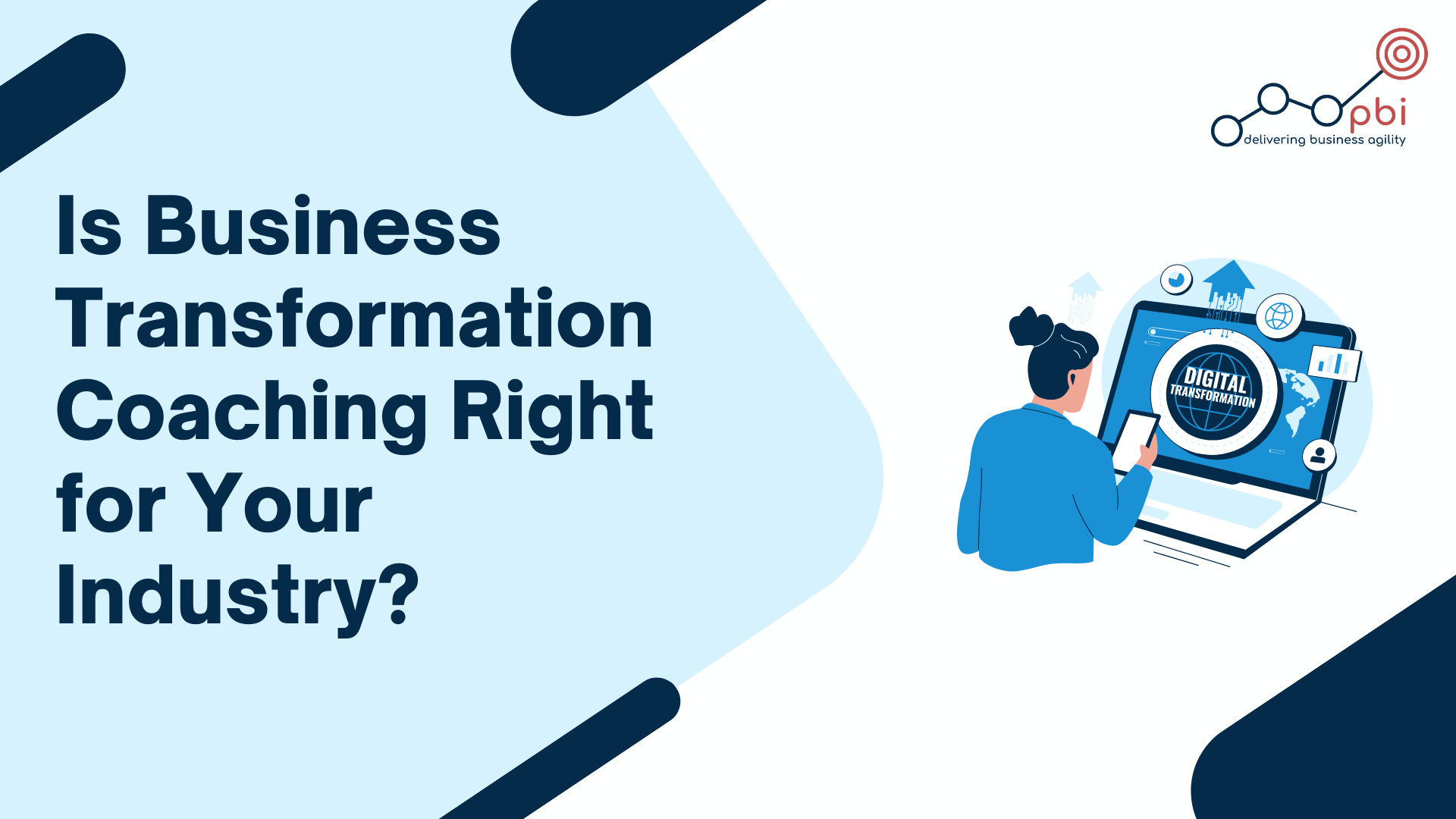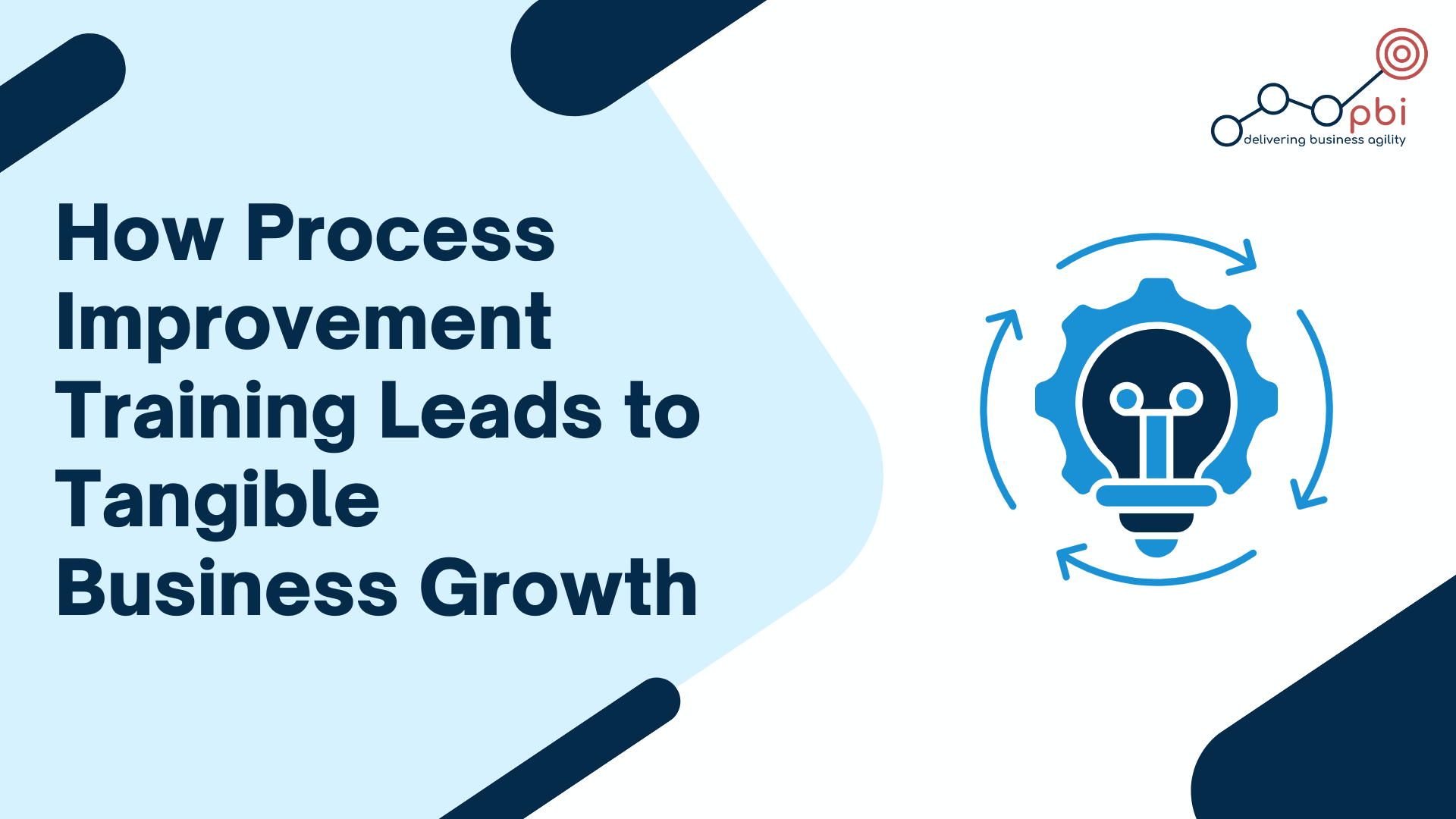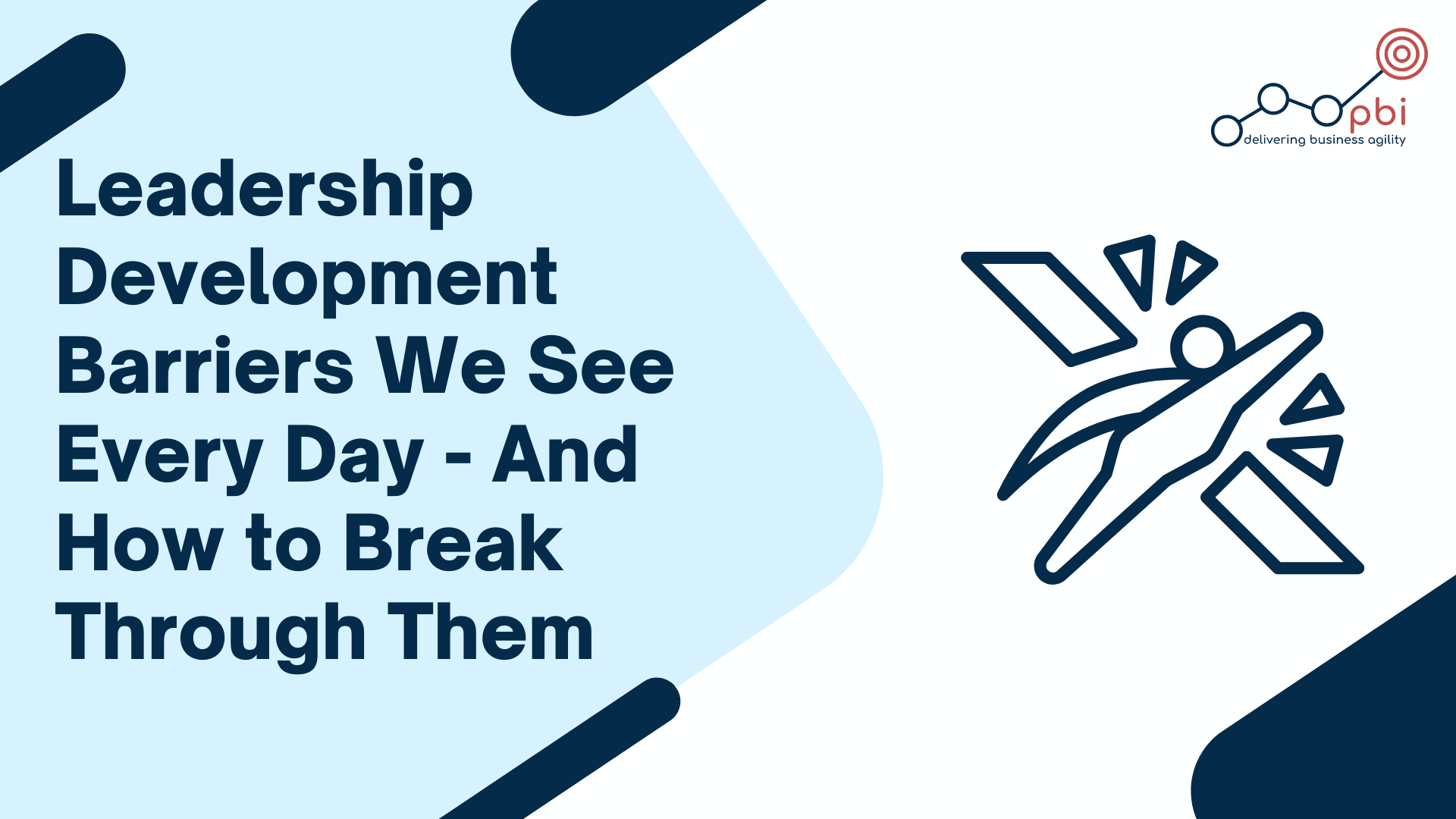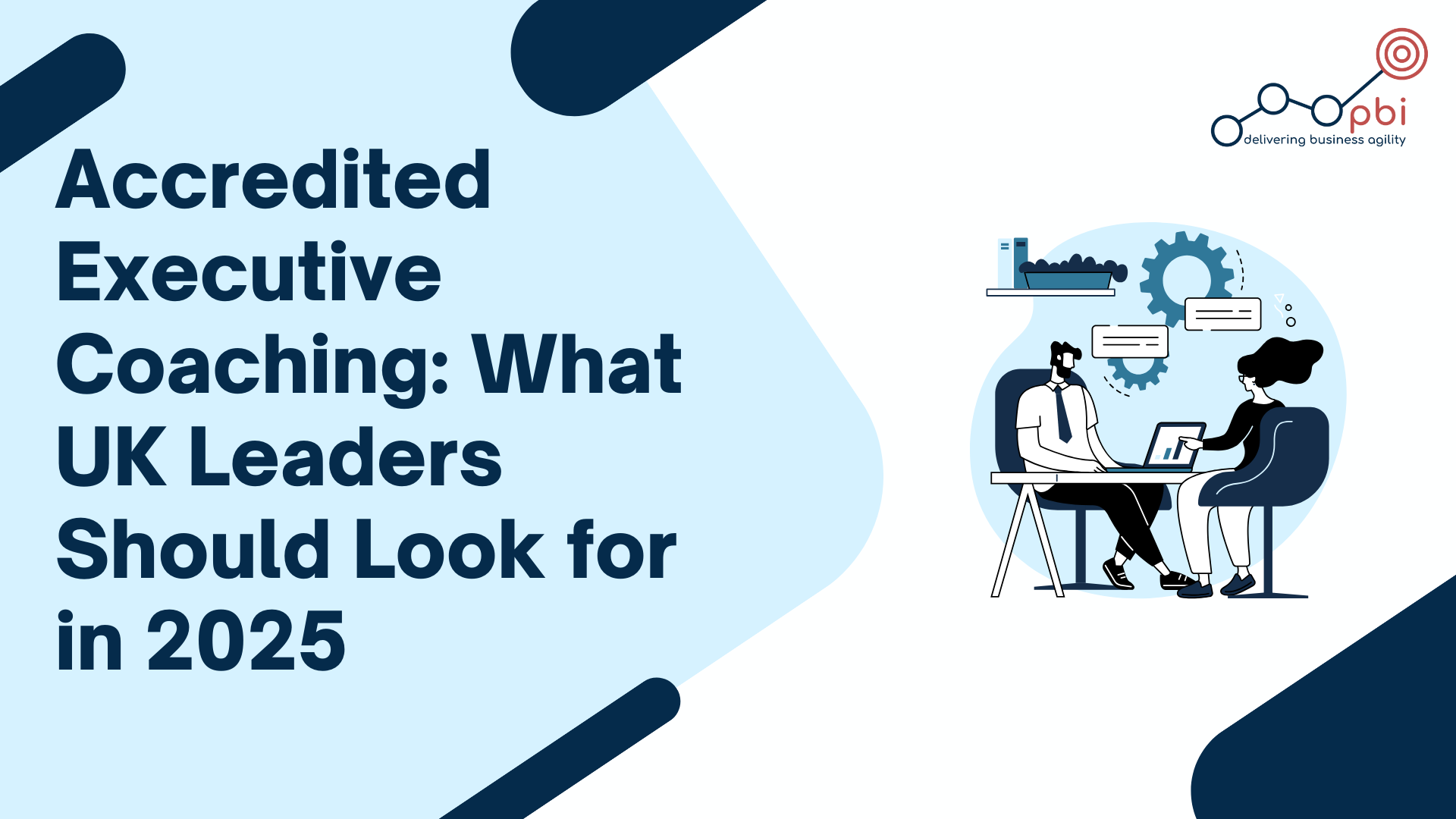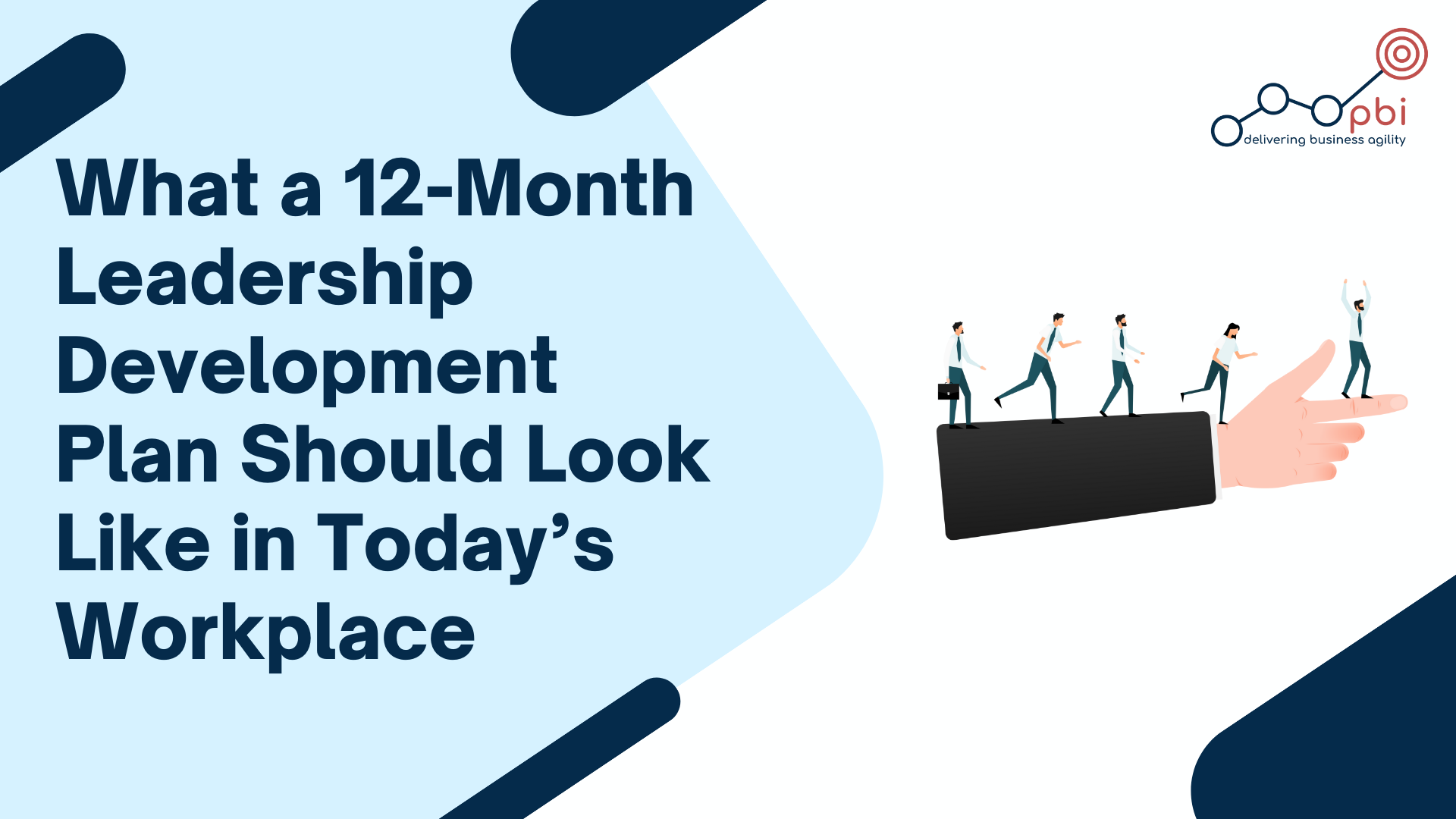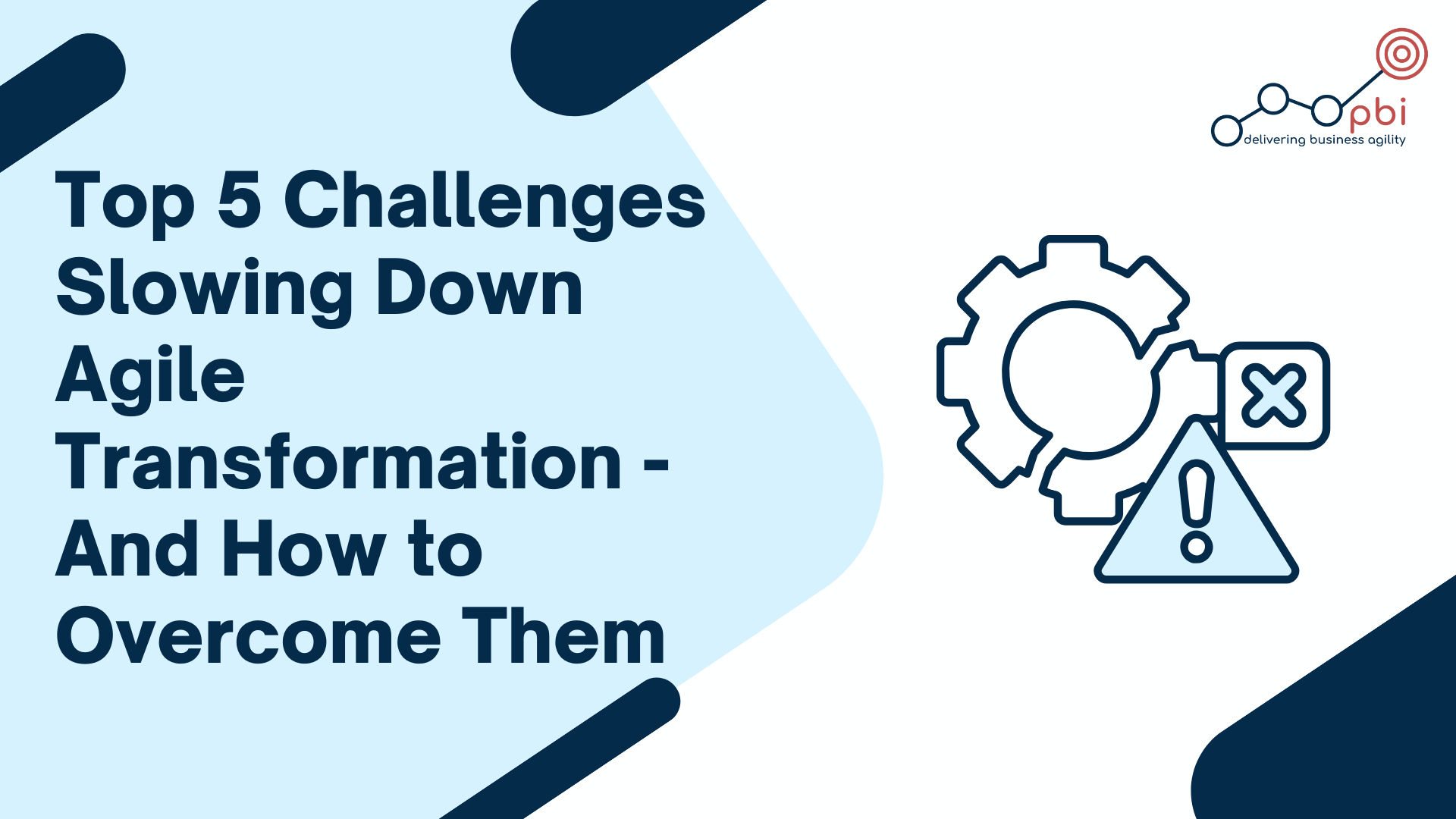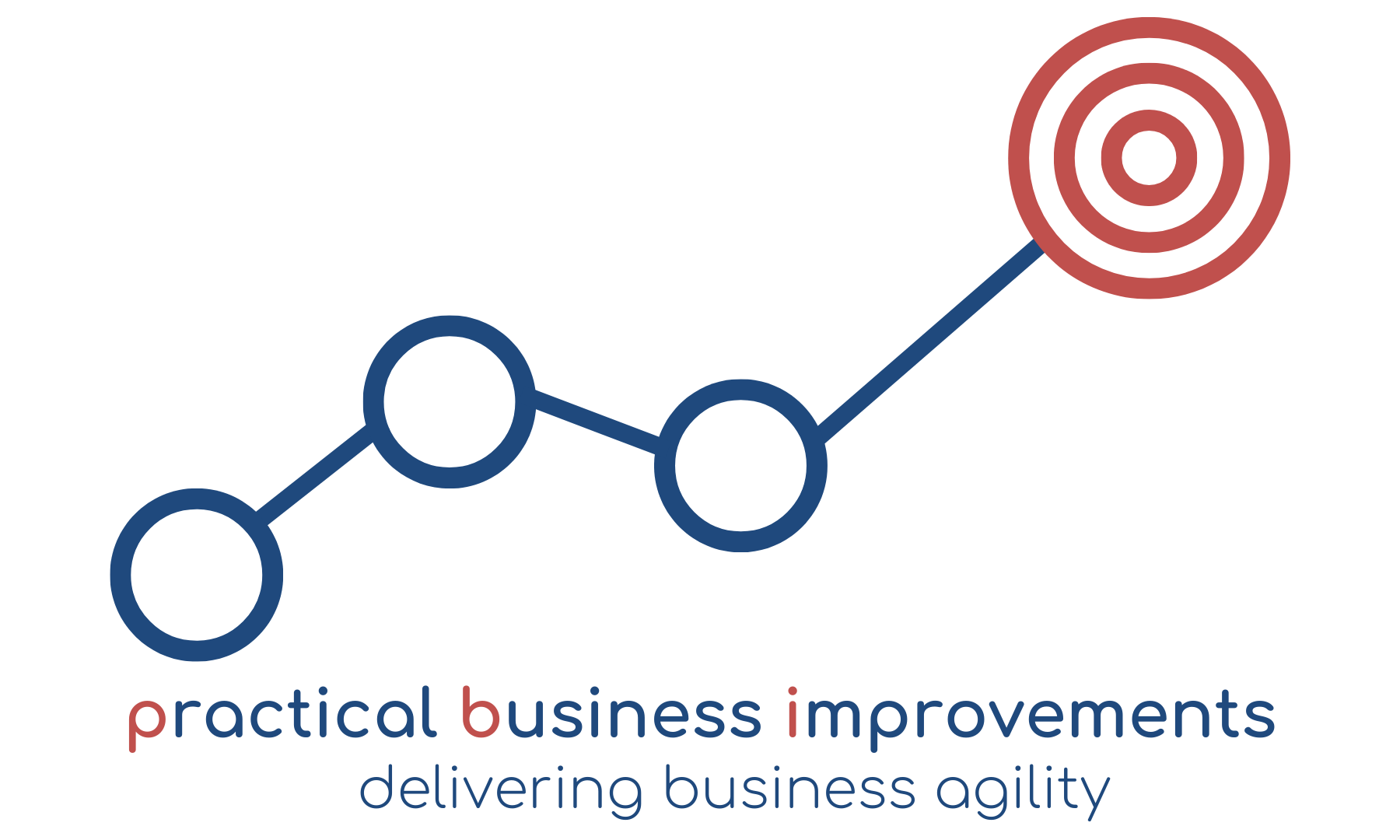Empowering Teams Without Losing Control: A Leadership Guide to Scalable Improvement
Today, leaders across industries face a familiar dilemma: how do you empower teams to drive change, without losing oversight and consistency?
Whether you're leading a finance department, healthcare unit, academic faculty, or logistics function, the pressure to delegate more while delivering stronger results is growing. Unfortunately, without the right structure, this push for empowerment can backfire, leading to confusion, misaligned priorities, or change initiatives that fizzle out.
At Practical Business Improvements (PBI), we've worked with leaders across sectors to solve exactly this challenge. Our SCQF-accredited Business Transformation and Lean Practitioner courses are built to help organisations scale improvement through structured empowerment, not by letting go, but by leading with clarity.
The Problem with Unstructured Delegation
Empowerment often fails when it means simply pushing responsibility "down the chain."
In many organisations, senior leaders set ambitious goals but fail to equip teams with the tools or decision-making frameworks needed to deliver them. The result? Slowed execution, duplication of effort, or frontline teams pursuing disconnected initiatives.
Without common tools, shared language, and clear priorities, even well-intentioned change efforts stall.
Empowerment Is Not Abdication
True empowerment means enabling others to succeed - not stepping away, but stepping in with purpose.
Through PBI's Business Transformation course, leaders learn to:
- Sponsor change initiatives with intention
- Align people, process, and purpose using Strategic Frameworks
- Use OKRs and Balanced Scorecards to translate vision into action
- Build Campaign Rooms that create visibility and accelerate decision-making
Meanwhile, our Lean Practitioner programme introduces:
- Daily Huddles to improve communication and reduce meeting overload
- Project Charters that clarify scope, roles, and expectations
- Kaizen Events to drive rapid, team-led improvement
- Visual tools (like Kanban boards) that surface problems and progress
These tools empower teams to act while giving leaders real-time insight and control.
Structure Enables Scale
When you pair leadership intent with consistent routines, the results are significant.
Across industries, we've seen:
- Over 6,500 hours saved annually through clearer workflows and reduced admin
- Faster project turnaround via cross-functional alignment
- Stronger cultural engagement, with staff from all levels leading improvements
- Reduced dependency on management intervention thanks to standardised tools
These aren’t theoretical results, they come from real teams applying what they’ve learned immediately after training, supported by experienced PBI coaches.
Lead with Confidence, Not Control
One of the most valued modules in our Business Transformation course is "Leading Transformation Through Effective Leadership."
In this session, participants learn to:
- Define and practice adaptive leadership styles
- Create compelling visions that inspire alignment
- Engage stakeholders through structured communication plans
- Turn strategies into sustained action with employee-driven execution
This module equips leaders to maintain influence without bottlenecking decision-making, a key capability when scaling improvement across departments, locations or teams.
Conclusion: Clarity Over Control
The most successful leaders aren’t those who try to control everything. They’re the ones who build the right routines, equip their teams with the right tools, and create the environment for others to succeed.
With PBI’s structured, practical approach to transformation and continuous improvement, empowerment becomes more than a buzzword, it becomes a scalable system that drives measurable results.
Want to explore how this model could work in your organisation?
Download our Training Information Pack or Schedule a brief call.
